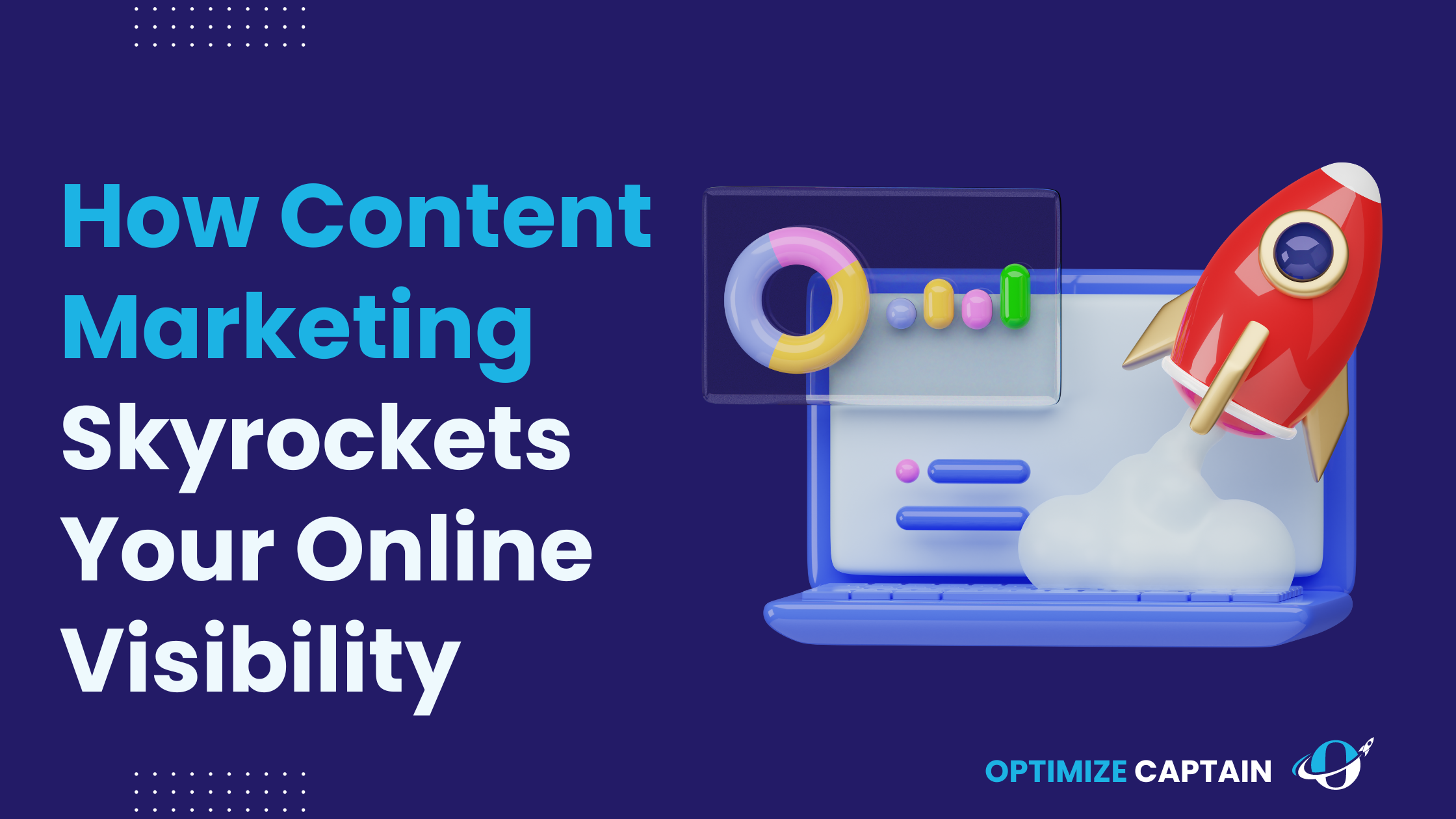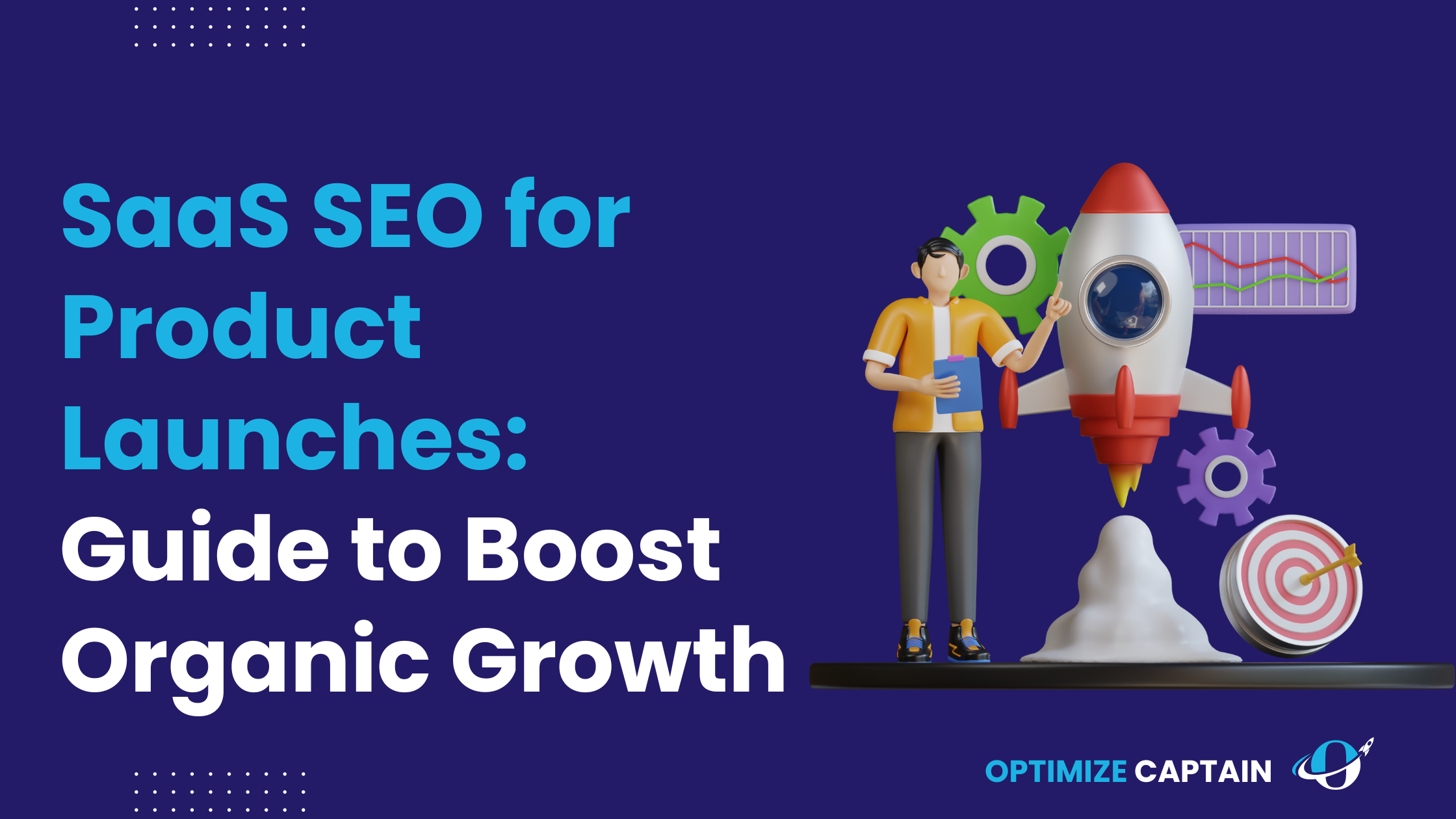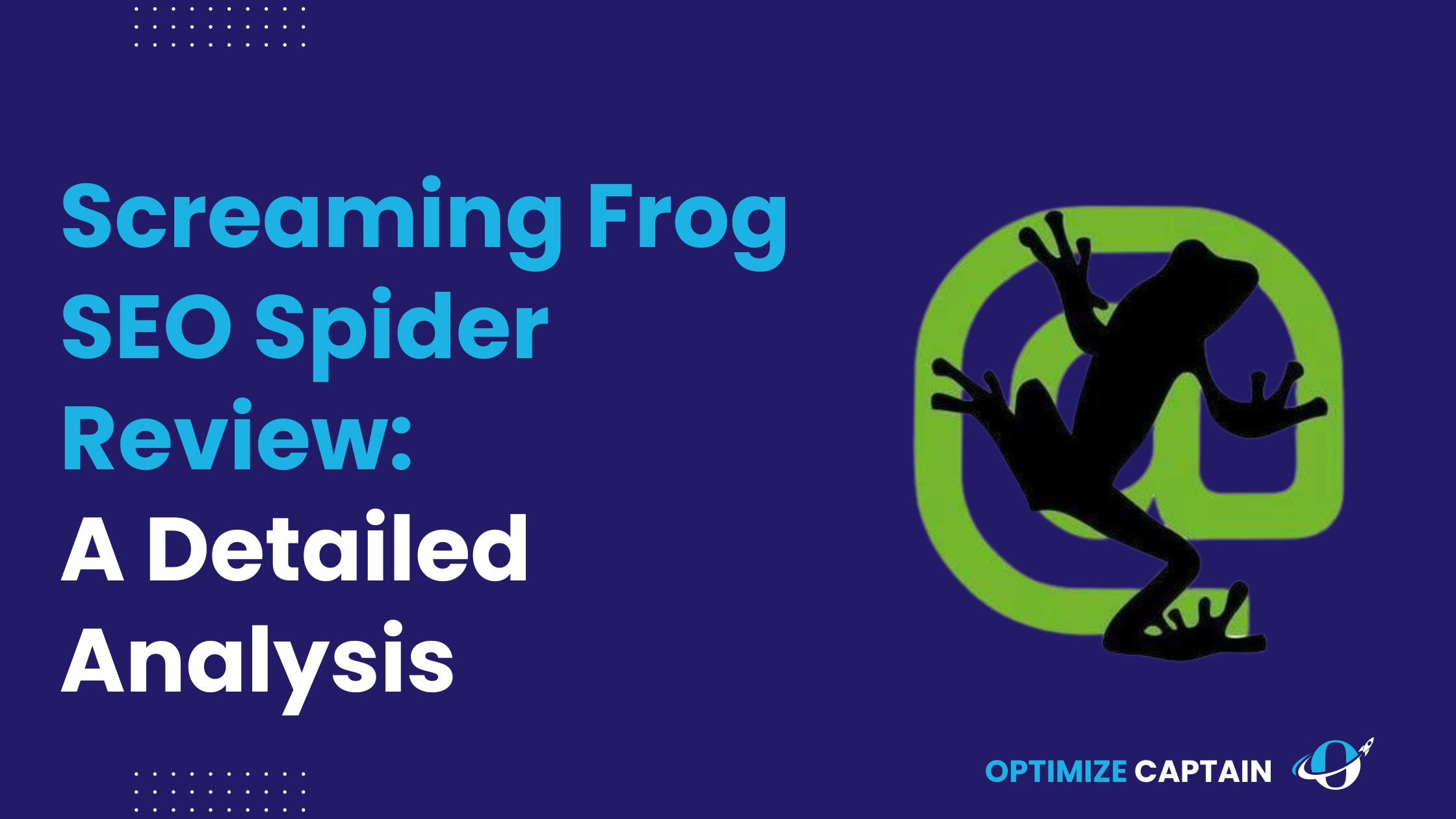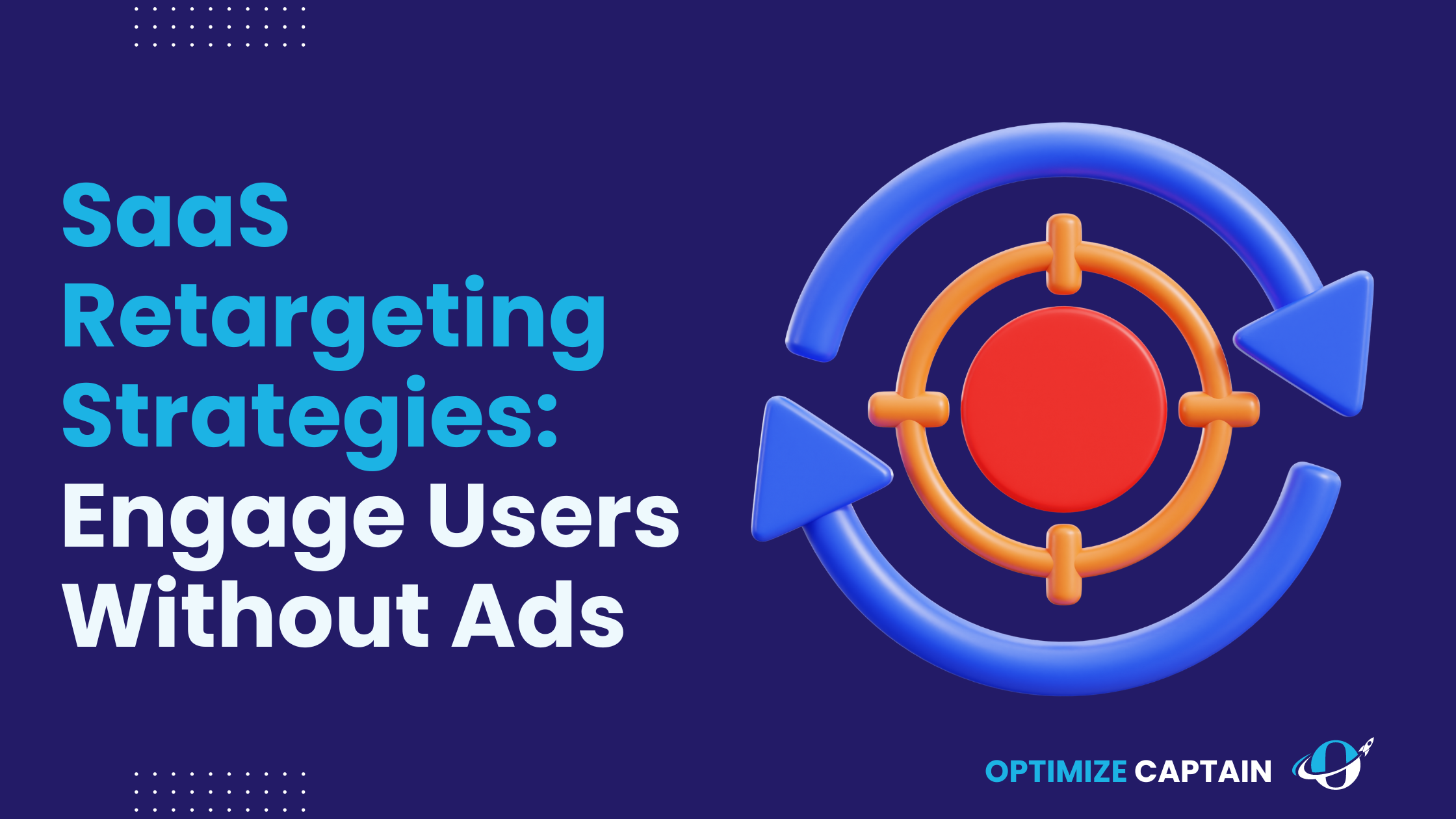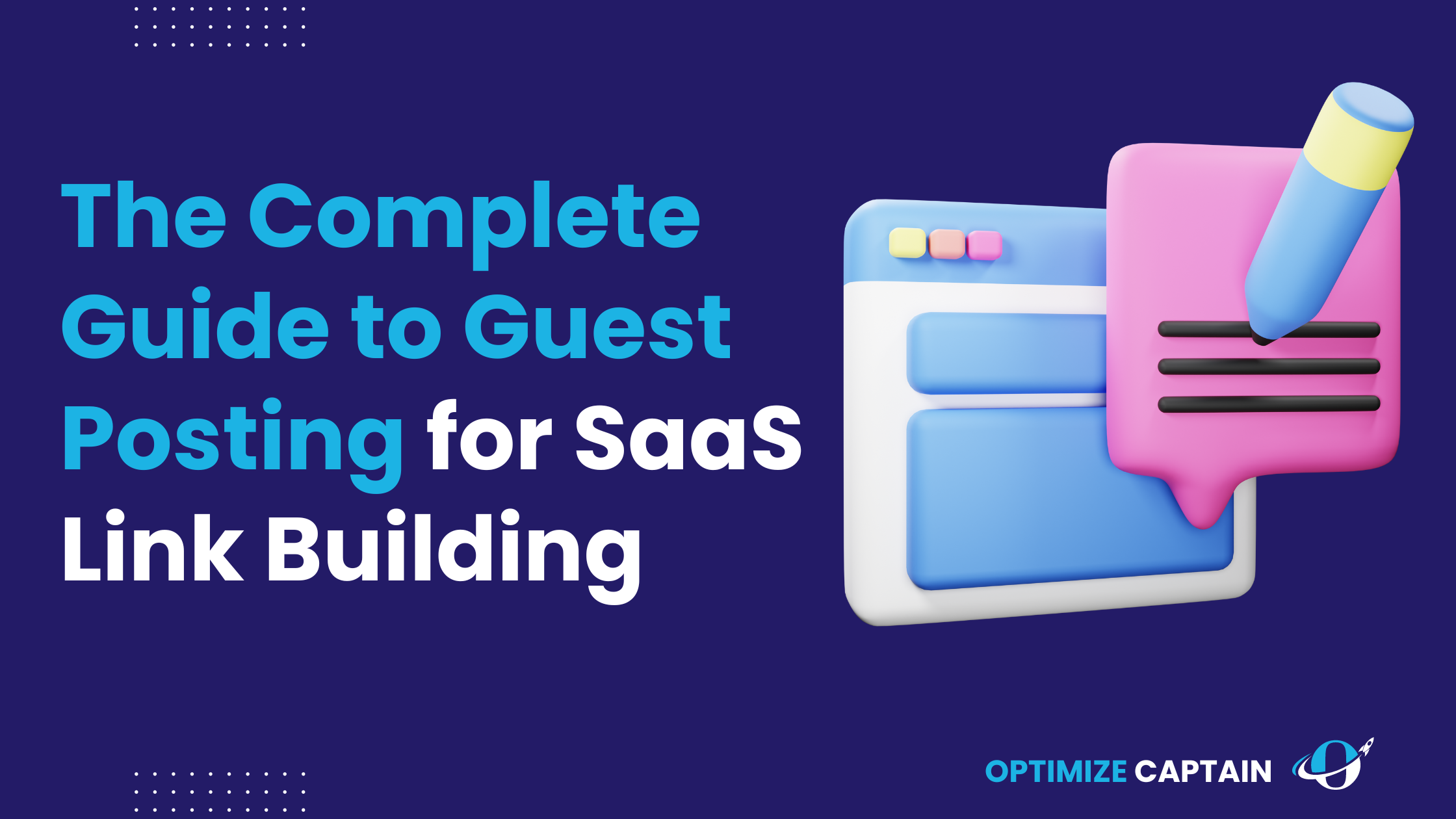Content marketing is the powerhouse behind many successful online brands.
If you’re struggling to increase your online visibility, content marketing might be your secret weapon.
This article will guide you through the essentials of content marketing and how it can transform your online presence.
What is Content Marketing?
Content marketing is a strategic approach to creating and distributing valuable, relevant, and consistent content to attract and retain a clearly defined audience. It’s about providing informative and engaging content that educates, entertains, and inspires your target audience, ultimately nurturing leads and driving sales.
Think of content marketing as a conversation, not a sales pitch. It’s about building relationships with your audience by offering them something of value—knowledge, insights, or entertainment. Therefore, a strong content marketing strategy is crucial to establish trust and credibility with your audience.
The Invaluable Bond Between Content Marketing and SEO (SEO vs. Content Marketing)
Search Engine Optimization (SEO) is optimizing your website and content to rank higher in search engine results pages (SERPs). Here’s how content marketing and SEO work together beautifully:
- Content provides crawlable data for search engines: High-quality content rich in relevant keywords helps search engines understand your website’s topic and purpose. This increases your chances of ranking for those keywords.
- Content creation is a continuous process: Regularly publishing fresh content keeps your website active and signals to search engines that your site is valuable and up-to-date.
- Content attracts backlinks: Engaging and informative content naturally attracts links from other websites. Backlinks are a crucial ranking factor for search engines, as they signify trust and authority.
Should you invest in content marketing or SEO?
The answer is both! Content marketing is the foundation for good SEO. You can’t effectively optimize your website without valuable content. However, SEO best practices ensure your content reaches the right audience by increasing its discoverability in search results.
Think of it like this: you’ve built a magnificent house (your website), but without a clear address (SEO) and inviting decor (content marketing), it won’t attract many visitors.
Types of Content Marketing Formats
Content marketing includes various formats, each suited for different stages of the buyer’s journey. Understanding these formats and where they fit in the funnel is crucial for effective content marketing.
Top of the Funnel (TOFU)
At the top of the funnel, your goal is to attract a broad audience and raise awareness about your brand. Content here should be informative and engaging, designed to grab attention and introduce potential customers to your brand without pushing for a sale.
- Blog Posts: Informative articles that address common questions or problems your audience faces.
- Infographics: Visual representations of data or information that are easy to share and understand.
- Social Media Posts: Short, engaging updates that drive traffic to your website.
- Videos: Introductory videos that explain who you are and what you do.
- Podcasts: Audio content that provides valuable information and entertains your audience.
Middle of the Funnel (MOFU)
In the middle of the funnel, the focus shifts to nurturing leads by providing more detailed information and building trust. This content should help your audience evaluate their options and understand how your product or service can solve their problems.
- Ebooks: In-depth guides that offer comprehensive information on a specific topic.
- Case Studies: Real-life examples showing how your product or service has helped others.
- Webinars: Live or recorded online presentations that provide valuable insights and allow for interaction.
- Whitepapers: Authoritative reports that offer detailed information and expert analysis.
- How-to Guides: Step-by-step instructions that help your audience solve a problem or achieve a goal.
Bottom of the Funnel (BOFU)
At the bottom of the funnel, the goal is to convert leads into customers. Content at this stage should be focused on demonstrating the value of your product or service and encouraging the final purchase decision.
- Product Demos: Live or recorded demonstrations showing how your product works and its benefits.
- Customer Testimonials: Reviews and feedback from satisfied customers.
- Free Trials: Limited-time access to your product or service, allowing potential customers to experience it firsthand.
- Comparison Guides: Side-by-side comparisons of your product and competitors, highlighting your advantages.
- Discounts and Promotions: Special offers that incentivize purchase decisions.
By using a mix of these content formats at different stages of the funnel, you can effectively guide your audience from initial awareness to final conversion, building trust and providing value at each step.
Benefits of Content Marketing
- Increased Brand Awareness: Quality content helps your audience become familiar with your brand. By consistently delivering valuable content, you keep your brand top-of-mind for your audience. This familiarity can lead to trust, making them more likely to choose your brand when they need your products or services.
- Improved Customer Engagement: Engaging content keeps your audience on your site longer. When visitors find your content useful and interesting, they are more likely to explore other parts of your site, increasing the chances of conversions.
- Higher Conversion Rates: Informative content guides potential customers through the sales funnel. By addressing their pain points and providing solutions, you can move them closer to making a purchase decision.
- Enhanced SEO: Regular content updates improve your site’s search engine rankings. Search engines favor websites that consistently provide fresh, relevant content. This can lead to higher visibility and more traffic over time.
- Cost-Effective Marketing: Content marketing is more affordable than traditional advertising. While it requires an investment of time and resources, it often yields a higher return on investment compared to paid ads.
- Builds Trust and Credibility: Consistent content establishes your brand as an authority in your industry. When you provide valuable information that helps your audience, you build a reputation as a trusted source.
- Generates Leads: Content marketing attracts and nurtures potential customers. By offering valuable content, you can capture leads through opt-ins and guide them through your sales funnel.
Content marketing is a long-term investment, but the rewards are substantial. It’s a strategic approach that delivers sustainable growth and increased brand visibility.

7 Content Marketing Strategies to Boost Your Online Presence

- Blog Regularly
Consistency: Regularly updating your blog keeps your audience engaged and improves your SEO. When search engines see that your site is frequently updated with fresh content, they recognize it as active and relevant, which can boost your rankings. Consistent posting also helps build a loyal readership, as your audience will look forward to your new posts.
Quality over Quantity: It’s essential to prioritize high-quality content over sheer volume. High-value content resonates more with your audience and has a better chance of being shared, thereby extending its reach. Well-researched, well-written posts can position you as an authority in your industry and attract more organic traffic.
Example: The Moz Blog regularly publishes in-depth articles on SEO and digital marketing, maintaining a high standard of quality that attracts a large readership.
- Leverage Social Media
Share Your Content: Utilize social media platforms to distribute your blog posts and other content. Sharing on platforms like Facebook, Twitter, LinkedIn, and Instagram can significantly increase your content’s visibility and drive traffic back to your website. Each platform has its own unique audience, so tailor your posts to fit each one’s style and demographic.
Engage with Your Audience: Social media is not just about broadcasting your content; it’s also about engaging with your audience. Respond promptly to comments, messages, and mentions. Engaging with your followers builds a community around your brand, fosters loyalty, and can provide valuable feedback and insights.
Example: Buffer uses social media not only to share their blog posts but also to engage with their audience by responding to comments and sharing user-generated content.
- Create Infographics
Visual Appeal: Infographics are an excellent way to present information in a visually appealing and easily digestible format. They are particularly effective for breaking down complex data and statistics into simpler, more understandable visuals. This makes your content more engaging and shareable.
Data-Driven: Support your infographics with credible data and statistics. Infographics that are backed by solid data are more trustworthy and can boost your content’s credibility. They are also more likely to be shared, thereby increasing your reach and driving more traffic to your site.
Example: Neil Patel’s infographics often go viral due to their high-quality design and valuable information, driving significant traffic to his site.
- Develop Video Content
Engaging Format: Videos are highly engaging and can capture your audience’s attention more effectively than text. They can help convey your message quickly and are great for demonstrating products, sharing tutorials, or telling your brand’s story. Videos allow you to connect with your audience on a personal level and can significantly increase engagement.
SEO Boost: Optimized video content can rank well on search engines, especially on platforms like YouTube. To improve your SEO, include relevant keywords in your video titles, descriptions, and tags. High-quality video content can drive significant traffic to your site and enhance your overall online presence.
Example: Moz’s Whiteboard Fridays offer valuable SEO tips in a video format, making complex topics easy to understand and engaging for their audience.
- Guest Blogging
Expand Reach: Writing guest posts for reputable blogs in your industry can expose your brand to a new audience. It’s an excellent way to tap into established audiences and attract new visitors to your website. Ensure that your guest posts are high-quality and offer value to the readers of the host blog.
Backlinks: Guest blogging can provide valuable backlinks to your site, which are crucial for SEO. Backlinks from reputable sites signal to search engines that your site is trustworthy and authoritative, which can improve your search rankings. Make sure to include relevant links back to your own content within your guest posts.
Example: A marketing expert’s guest post on Forbes can drive significant traffic and credibility to their own blog.
- Email Marketing
Nurture Leads: Email campaigns are a powerful tool for nurturing leads and keeping in touch with your audience. Regular newsletters and targeted email sequences can keep your audience engaged and informed about your latest content, products, or services. Use emails to build relationships with your subscribers and guide them through your sales funnel.
Personalized Content: Tailor your email messages to individual interests and behaviours. Personalized emails that address the specific needs and preferences of your subscribers are more likely to be opened and acted upon. Use segmentation and automation to deliver relevant content to the right audience at the right time.
Example: Mailchimp’s personalized email campaigns provide valuable insights and offers tailored to individual user behaviour, increasing engagement and conversion rates.
- Optimize for Mobile
Responsive Design: Ensure that your website and content are accessible on all devices. A mobile-friendly site is essential as more people browse the internet on their smartphones and tablets. Responsive design adapts your site’s layout to fit different screen sizes, providing a seamless user experience across all devices.
Fast Loading Times: Speed is crucial for retaining mobile users. A slow-loading site can lead to high bounce rates and lost opportunities. Optimize your site’s performance by compressing images, leveraging browser caching, and minimizing code. Fast loading times enhance user experience and can improve your site’s search engine rankings.
Example: Amazon’s mobile-optimized site ensures a smooth shopping experience, leading to higher customer satisfaction and retention.
How to Track and Analyze Your Content Marketing Efforts
Tracking and analyzing your content marketing efforts is crucial to understand what works and what doesn’t. Here are some key metrics to monitor:
- Website Traffic: Use tools like Google Analytics to track visitor numbers. Monitor traffic sources to see where visitors are coming from and which content drives the most traffic.
- Engagement Rates: Measure likes, shares, and comments on social media. High engagement indicates that your content resonates with your audience.
- Conversion Rates: Track the number of visitors who take the desired action (e.g., sign-ups, purchases). This helps you understand how effective your content is at driving conversions.
- Bounce Rate: Monitor the percentage of visitors who leave your site after viewing only one page. A high bounce rate can indicate that your content isn’t engaging or relevant.
- Keyword Rankings: Use SEO tools to track your content’s ranking for target keywords. This helps you see how well your content is performing in search results.
- Customer Feedback: Collect feedback through surveys or direct interactions. This can provide valuable insights into what your audience likes and dislikes about your content.
Common Mistakes in Content Marketing
- Lack of Clear Strategy: Not having a defined content strategy can lead to inconsistent messaging and missed opportunities. A clear strategy helps you stay focused and aligned with your goals.
- Ignoring SEO: Quality content needs SEO to be discovered. Without proper optimization, your content may not reach its intended audience.
- Overlooking Audience Needs: Content that doesn’t address the audience’s needs won’t engage them. Always consider your audience’s pain points and interests when creating content.
- Inconsistent Posting: Infrequent updates can lead to lost audience interest. Consistency is key to maintaining engagement and building a loyal audience.
- Neglecting Data Analysis: Failing to analyze performance data can hinder improvement. Regular analysis helps you understand what works and allows you to adjust your strategy accordingly.
Case Study: Canva’s Content Marketing Strategy
Canva’s phenomenal growth is mainly due to its strategic content marketing approach. Here’s how they did it:

1. Focus on User Education: Canva prioritizes creating valuable content that helps users achieve their design goals. Their blog offers tutorials, articles, and videos that cater to user needs.
2. Content for Every Stage: Canva caters to users at various stages of their journey. They attract new users with awareness-stage content like “Free Minimalist Fonts” and showcase product value with decision-stage content like “Stepping up Instagram Stories with Canva.”
3. Product-Centric Content: Regardless of the topic, their content guides users towards using Canva’s features. This approach highlights the product’s benefits and nudges users towards converting.
4. Strategic CTAs: Canva integrates calls to action throughout their content—in sidebars, footers, and within articles. These CTAs gently encourage users to explore Canva’s free plan or trial.
5. SEO and Social Media: Canva uses a solution-focused keyword strategy and leverages social media to build social proof. Their content is designed to rank well on search engines and engage users on platforms like Facebook, Instagram, YouTube, and Twitter.
6. Case Studies and Educational Programs: Canva uses case studies to showcase real-world success and offers educational resources through Canva Learn and Design School, providing valuable content to help users improve their design skills.
By focusing on user education, offering valuable content across all stages, and seamlessly integrating product promotion, Canva increased its blog traffic from an average of 409,000 monthly visits to over 1 million.
Conclusion
Content marketing is an invaluable tool for businesses of all sizes looking to enhance their online presence. Creating and distributing high-quality content can attract your target audience, establish yourself as an authority, and ultimately drive sustainable business growth.
FAQ’s
1. What is content marketing?
Content marketing involves creating and sharing valuable content to attract and retain a defined audience. It’s about providing practical, engaging, and relevant information to your target audience to build trust and drive sales.
2. How Does Content Marketing Improve SEO?
Quality content improves search engine rankings by providing relevant information that meets users’ search queries. Well-optimized content attracts backlinks and keeps visitors on your site longer, both positive signals to search engines.
3. What Types of Content Should I Create?
Effective content types include blog posts, videos, infographics, social media posts, and email newsletters. Each type serves a different purpose and can reach different audience segments.
4. How Often Should I Post New Content?
Consistency is key. Aim to post new content regularly, whether weekly, bi-weekly, or monthly. Regular posting keeps your audience engaged and signals to search engines that your site is active.
5. Can I Do Content Marketing on a Small Budget?
Yes, content marketing can be cost-effective and scalable according to your budget. Start with free or low-cost tools and focus on creating high-quality content that delivers value to your audience.

